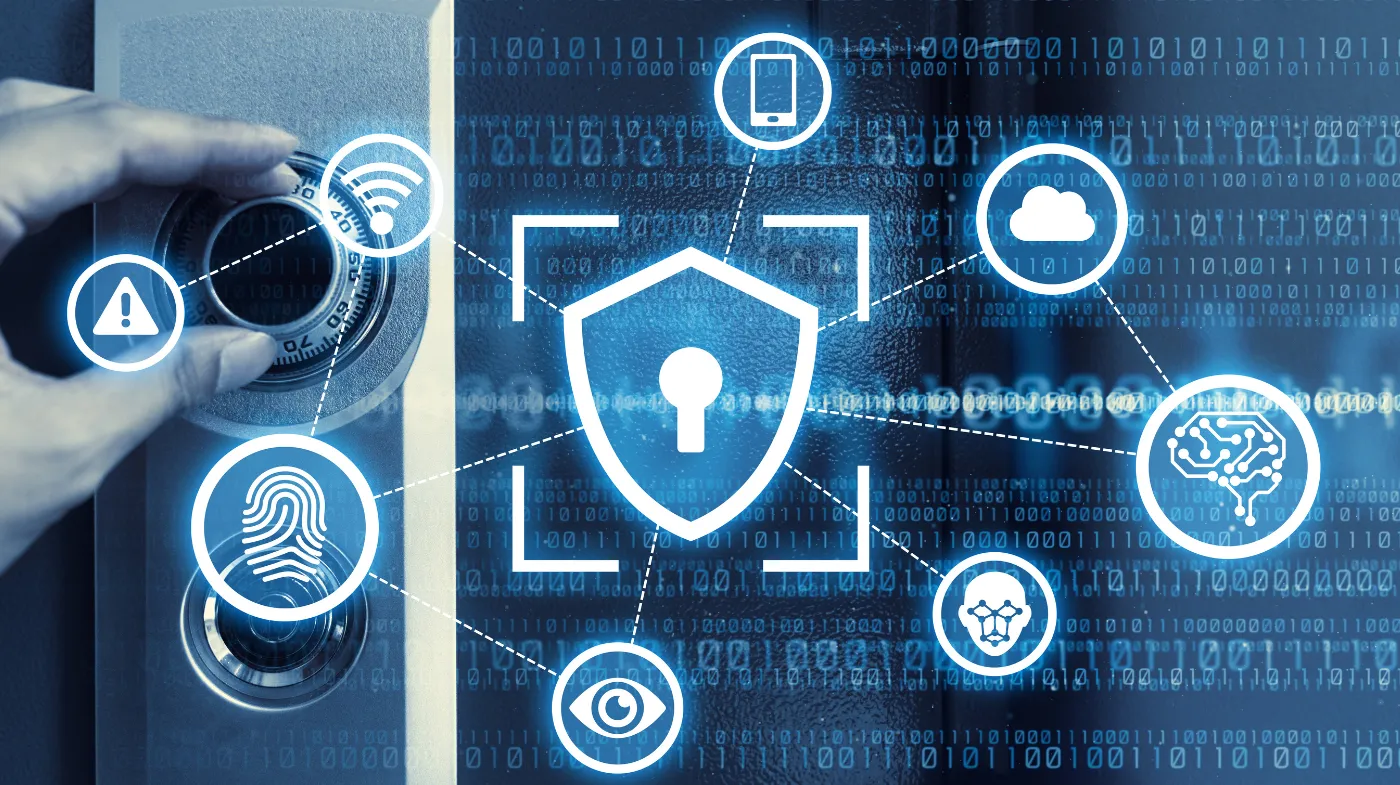
Twitter account hacking has reached epidemic proportions, with cybercriminals targeting millions of users daily through sophisticated attacks. Whether you’re a casual user or business owner, your digital identity hangs in the balance every time you log in.
This comprehensive guide reveals the warning signs hackers don’t want you to recognize, the immediate recovery steps that can save your reputation. You’ll discover why password reuse is your biggest vulnerability and the critical mistakes that leave accounts exposed.
Most importantly, you’ll learn the insider techniques that transform your Twitter presence from an easy target into an impenetrable fortress. Don’t wait until it’s too late. Your account’s security depends on the knowledge you’re about to gain.
Signs Your Twitter Account Has Been Compromised
Recognizing the early warning signs of a compromised Twitter account is crucial to protecting your personal data and digital identity. From unauthorized posts to unexpected third-party app connections, there are multiple red flags to watch out for.
Unauthorized Posts and Messages
The most obvious indicator of a hacked Twitter account is unauthorized content appearing on your timeline. Hackers typically post inappropriate messages, spam links, or promotional content that doesn’t match your usual posting style. These posts often contain malicious links designed to steal personal information.
You might also notice unexpected direct messages being sent from your account. These messages frequently contain phishing links or attempts to scam your contacts. If friends or followers mention receiving strange messages from you, investigate immediately.
Suspicious Account Activity
Beyond unauthorized posts, hackers often engage in other suspicious behaviors. You might discover your account has suddenly followed hundreds of new accounts or unfollowed people you actually follow. Mass following/unfollowing is a common tactic used by hackers to promote certain accounts or disrupt your network.
Blocked users appearing in your settings without your knowledge is another red flag. Hackers sometimes block legitimate users to prevent them from reporting suspicious activity or warning others about the compromise.
Third-Party App Connections
Check your connected applications regularly. If you notice unknown third-party apps with access to your account, this could indicate unauthorized access. Hackers often connect malicious applications to maintain persistent access to compromised accounts.
Security Notifications
Twitter automatically sends security alerts when suspicious login attempts occur or when account settings change. Pay attention to notifications about logins from unfamiliar devices or locations. If you receive alerts about password changes or email address modifications you didn’t make, act immediately.
Immediate Steps for Account Recovery
If your Twitter account has been compromised, acting fast is essential. Start by:
Secure Your Login Credentials
Change your password immediately using a strong, unique combination. Avoid using the same password across multiple accounts, as this creates vulnerability to credential stuffing attacks.
One of the common mistakes when creating passwords is using predictable patterns like “password123” or incorporating personal information that’s easily discoverable on social media.
Create a password that’s at least 12 characters long, combining uppercase and lowercase letters, numbers, and special characters. Consider using Strong Password Generators for Cybersecurity tools to create truly random, secure passwords that are virtually impossible to guess.
Verify Email Security
Ensure your associated email account remains secure and under your control. If hackers have accessed your email, they can potentially reset passwords and maintain access to your Twitter account. Update your email password if necessary and enable two-factor authentication.
Revoke Third-Party Access
Navigate to your Twitter settings and review all connected applications. Remove access for any apps you don’t recognize or no longer use. Even legitimate applications can become security risks if they’re compromised or if you no longer monitor their activity.
Update Connected Services
If you use your Twitter password for other applications or services, update those credentials immediately. This prevents hackers from using your compromised Twitter password to access other accounts.
Advanced Security Measures

Protecting your Twitter account goes beyond just using a strong password. Implementing advanced security measures can significantly reduce your risk of unauthorized access or data breaches.
Two-Factor Authentication Implementation
Enable two-factor authentication (2FA) to add an extra security layer. This requires a second form of verification beyond your password, typically a code sent to your phone or generated by an authenticator app. Even if hackers obtain your password, they won’t be able to access your account without the second factor.
Regular Security Audits
Conduct monthly reviews of your account activity, connected apps, and security settings. Look for any changes you didn’t make or activity that seems suspicious. Early detection is crucial for minimizing damage from security breaches.
Secure Communication Practices
Be cautious about sharing sensitive information through Twitter’s direct messaging system. While convenient, these messages aren’t encrypted end-to-end. Never send credit card information or other financial details through Twitter DMs, as this data could be intercepted or accessed by unauthorized parties.
Prevention Strategies
Protecting your Twitter account requires more than just a strong password; it demands a multi-layered approach to security. From avoiding password reuse and utilizing password managers to staying vigilant against social engineering attacks, each strategy plays a vital role.
Password Management Best Practices
The Risks of Reused Passwords cannot be overstated in today’s digital landscape. When you use the same password across multiple accounts, a breach at one service can compromise all your accounts. Cybercriminals use credential stuffing attacks, attempting stolen passwords across various platforms.
Implement a comprehensive password strategy using unique credentials for each account. Password managers can help generate and store complex passwords securely, eliminating the need to remember multiple complicated combinations.
Social Engineering Awareness
Hackers often use social engineering tactics to trick users into revealing login credentials. Be skeptical of emails, messages, or calls requesting your Twitter password or personal information. Twitter will never ask for your password via email or direct message.
Regular Software Updates
Keep your devices and browsers updated with the latest security patches. Outdated software can contain vulnerabilities that hackers exploit to gain unauthorized access to your accounts.
Network Security
Avoid logging into Twitter from public Wi-Fi networks, which are often unsecured and monitored by cybercriminals. If you must use the public internet, consider using a VPN to encrypt your connection and protect your login credentials.
Frequently Asked Questions
How can I tell if my Twitter account was hacked?
Look for unauthorized posts, unexpected direct messages, changes in following/follower patterns, unknown third-party app connections, and security notifications from Twitter about suspicious login attempts or account changes you didn’t make.
What should I do immediately after discovering my account is hacked?
Change your password immediately, secure your associated email account, revoke access to unknown third-party applications, and enable two-factor authentication. Contact Twitter support if you cannot regain control of your account.
Can hackers access my direct messages if my account is compromised?
Yes, if hackers gain full access to your account, they can read your direct messages and potentially send messages to your contacts. This is why you should never share sensitive information like financial details through Twitter DMs.
Securing Your Digital Future: Enable Two-Factor to Stay Alert
Twitter account security requires ongoing vigilance and proactive measures. By implementing strong password practices, enabling two-factor authentication, and staying alert to suspicious activity, you can significantly reduce your risk of becoming a victim of account compromise.
Remember that cybersecurity is not a one-time setup but an ongoing process that requires regular attention and updates. The digital landscape continues evolving, and so do the tactics used by cybercriminals.
Stay informed about emerging threats, regularly review your security settings, and don’t hesitate to take immediate action. Your proactive approach to Twitter security not only protects your personal information but also helps maintain the safety and integrity of the broader Twitter community.
